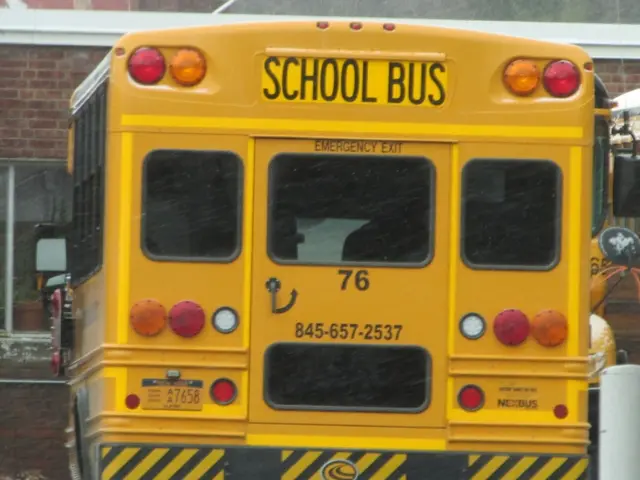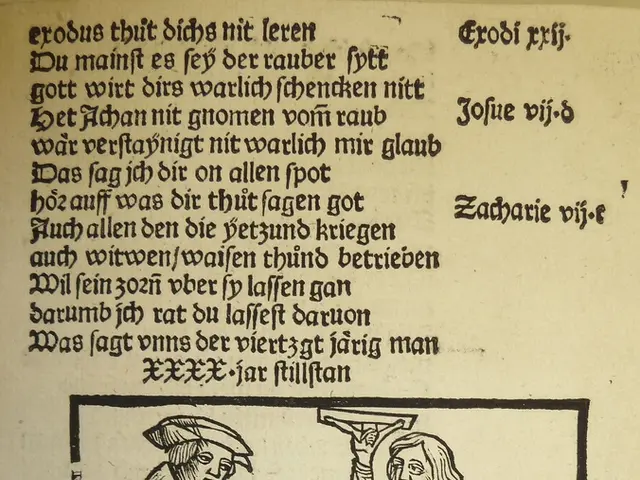Cultivating Observational Abilities in Young Learners
Learning Observational Drawing
🔥 Get ready to dive in and hone your observational drawing skills, as we share some effective strategies for young students. Here's a down and dirty guide to help students master the art of drawing based on real-life scenes:
Essential Techniques
💡Focus on Direct Observation:- Draw from Reality: Encourage students to draw objects, plants, or scenes directly in front of them, rather than relying on memory or imagination. This helps them train their eyes to spot shapes, proportions, and intricate details accurately [1][4].- Nature Journaling: Task students with sketching leaves, flowers, or insects in a nature journal. Label parts and jot down observations to enhance both art and science skills [1].
💪 Turn to Basic Shaping:- OiLS (Oval, Line, Square, Triangle, Circle): Teach students to break complex objects into fundamental shapes (OiLS) before refining their drawings. This simplifies the drawing process and builds confidence [1].- Light, Broad Strokes: Promote students to start with light, sweeping lines, then add refined details as they progress. This eases the pressure and makes corrections less daunting [2].
🤯 Commit to Repeated Practice and Object Studies:- Agassiz-Style Studies: Encourage students to draw the same object multiple times over several days without researching or labeling it. This intensifies their observation skills and boosts patience [1].- Seasonal Comparison: Instruct students to sketch the same scene or object during different seasons to note changes in color, texture, and activity. This merges art with real-life changes [1].
🌟 Borrow Inspiration and Copy Classics:- Classic Illustration Study: Have students analyze and copy historical nature illustrations (like Audubon’s birds). Discuss how the artist highlighted detail and captured form and movement [1].- Draw During Experiments: Replace worksheets with drawing during science experiments to boost retention and encourage reflective observation [1].
✏️ Simplify Complex Subjects:- Basic Shapes and Values: When drawing from observation, guide students to simplify complex subjects into basic shapes and utilize a limited range of values (e.g., 2 shadow values, 3 light values) to clarify form [5].- Define Sharp Edges: Encourage students to demarcate edges clearly, which improves overall clarity [5].
Classroom Activities
- Warm-Up Sketches: Begin each art lesson with a quick observational sketch of a simple object.
- Drawing Walks: Take students outside to draw trees, buildings, or other aspects of the school environment.
- Peer Sharing: Have students share their drawings and observations with classmates to generate discussion and stimulate critical thinking.
Summary Table
| Activity | Skill Focused | Age Group Best for ||----------------------------|-----------------------|--------------------|| Nature Journaling | Observation, OiLS shapes | K-5 (all) || Agassiz-Style Studies | Patience, detail, research | 3rd grade & up || Seasonal Comparison | Change awareness | All || Copying Classics | Technique, detail | 4th grade & up || Drawing Experiments | Science integration | All |
By consistently implementing these methods, young students develop an acute observational eye, patience, and a greater appreciation for the world around them [1][2][5].
- Enhance your education-and-self-development by embracing learning strategies in observational drawing, such as Nature Journaling, which encourages students to observe and sketch natural elements for improved art and science skills.
- To foster a better understanding of shapes and forms in observational drawing, young students can practice the technique of turning to Basic Shaping, which emphasizes breaking complex objects into OiLS (Oval, Line, Square, Triangle, Circle) for easier drawing and increased confidence.








